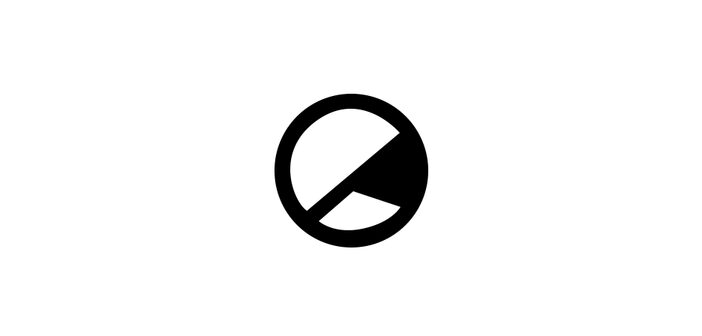Nintendo hardly needs an introduction. If the seminal NES, Nintendo 64, DS and Wii don’t convince, their first-party series will — Mario, Zelda, Pokémon, Metroid, Animal Crossing, Star Fox; the list continues. Since the company’s first arcade release in 1975 (before which it created handmade hanafuda, and then a programmable drum machine – go figure), Nintendo has been responsible for some of the most recognisable characters and iconography in all of gaming. Their influence is impossible to deny.
There are so many facets to what makes Nintendo’s development style so tangible — cutesy, often cell-shaded art direction, a focus on exploration, a sense of honesty or purity in storytelling and design, et cetera. But the company’s original IP has captured the hearts of gamers for a sustained period of time principally thanks to their careful series-building, and understanding of hardware. When was the last time you played a buggy first-party release from Nintendo? Exactly; it just doesn’t happen. The worst offender is probably The Legend of Zelda: Breath of the Wild, whose release build saw the game dropping frames in bursts if there were too many explosions on screen — something patched and addressed within a month of launch. Compared to Sony’s Days Gone review-build meltdown (also patched, but seriously damaging to the success of the title) and the myriad of problems that Microsoft faced with Halo: The Master Chief Collection, the ‘little brother’ of the big three certainly appears the straightest-laced. The well-documented “Nintendo polish” is real and impressive, helped by the company’s iterative tendencies; many of their central properties have had quite the fluctuating identity. Nineteen core Zelda releases and fourteen eras of Pokémon games might seem overblown, but the rejig that each brings is compelling to its fans — this is not to mention that most are critically acclaimed. Nintendo’s loyalty to its first-party IP, combined with technical reliability, is a large part of their continued success. It should not be underestimated.
Nintendo’s greatest charms can also act as vices, though. The company’s hardware — although undeniably grasped deeply by in-house teams — can get more cute than it’s worth. They like to innovate and push gimmicks, and this is not always successful; the dismal Wii U sales speak for themselves. But for every terrible plasticky GamePad and pointless 3D feature, there’s a cutting-edge breakthrough in family gaming such as with the Wii, or a genuinely tech-wise innovation like the Switch’s use of micro-engineering. And while “that’s very Nintendo” can be used interchangeably as both a commendation and a slur, they are rightly forgiven, time and time again. Can’t stay mad at ‘em, you know?
And despite all this being said, it’s not an overestimation to say that the developer in question is in yet another golden age. The Switch has problems, absolutely — the eShop is a mess, and Nintendo are *still* using friend codes; why?! — but the system’s considerable and continued financial and critical success is no fluke. Releasing the stylistically freshest mainline Zelda since 2013 as a launch title, and a brand new 3D Mario just half a year later, is chemically designed to attract fans. Throw in the fact that this flagship diptych of games gave way to the most glowing reviews that both series had seen in years, as well as the release of Super Smash Bros. Ultimate, Luigi’s Mansion 3, Animal Crossing: New Horizons and the announcement of Metroid Prime 4, and you have yourself a winner. It could be called serendipitous, but I don’t think this is fair; when considering that such a genuinely boundary-pushing console is supported by a litany of well-developed and -scheduled experiences, all of which have established fanbases and use the Switch to its advantages, it is not hard to see how Nintendo beat initial skepticism and entered a period of proficiency.
Currently headed by Furukawa in Japan, Nintendo has little to prove. But despite sitting pretty, they continue to take great care over their products and titles. Whether sobered by the Wii U days, or simply wielding a worthy collection of ideas, the company’s current approach is a lucrative one indeed. There is little better time to be a fan.



